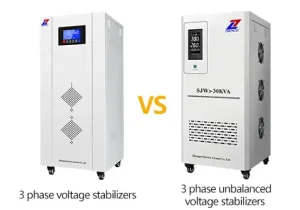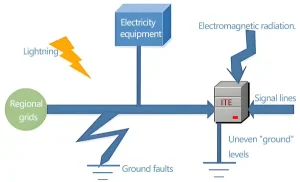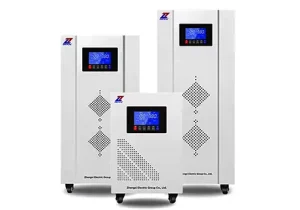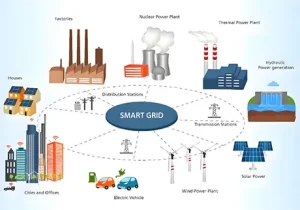
Home » 3 Phase Voltage stabilizer Knowledge » What is a three-phase unbalanced system and what are its disadvantages
What is a three-phase unbalanced system and what are its disadvantages
◴ 2024-08-29
What is three-phase unbalance?
In the three-phase unbalance power system, the amplitudes of the three-phase currents or voltages do not coincide and the difference in amplitude exceeds a specified range. Most of the time, asymmetry of three-phase components, line parameters or loads causes this unbalance. The three-phase unbalance adversely affects not only power quality but also the normal functioning of electric motors and other equipment.3 phase split-phase automatic voltage stabilizer (three-phase unbalanced voltage stabilizer) is an effective solution to solve the three-phase imbalance problem.
In an ideal three-phase system, the currents and voltages in all three phases must be equal; otherwise, the phase angle between each phase should measure 120 degrees. However, in practice, three-phase systems are often unbalanced because of load characteristics, distribution network planning, etc. As per the “power quality three-phase voltage allowable unbalance,” the allowed value of the power system voltage under normal condition is allowed to be up to 2%, but within the limit shall not be allowed over 4% in some short intervals.Three-phase split-phase automatic voltage stabilizer can effectively adjust the unbalanced voltage and current, thereby improving system stability.
What are the disadvantages of unbalanced 3-phase systems?
Increase in loss: Loss in power line and transformers would increase through three-phase unbalance in the process and reduces transmission efficiency.
Overheating of the equipment: The equipment would overheat due to currents that are not balanced in nature, which would reduce its life and safety, especially concerning electric motors.
Low efficiency: Electric motors operating at unbalanced voltages are less efficient, which may result in frequent downtime and maintenance.
Hazardous safety: At a high degree of imbalance, it may threaten the safe operation of the power system as a whole, and the risk of failure would increase.
Does 3-phase power need to be balanced?
Yes, balancing three-phase power is essential for several reasons:
1. Efficiency:
A balanced three-phase system runs more efficiently, reducing energy losses in cables and transformers.
2. Equipment protection:
Unbalanced loads can cause motors and other electrical equipment to overheat and become damaged. A balanced system helps extend the life of these devices.
3. Voltage stability:
Load on all the three phases has to be balanced for consistent and stable voltage levels without many fluctuations that could hinder the performance.
4. Reduction of harmonics
Harmonic currents produced by the system are much fewer; hence, it can offer better power quality. Less interference with other appliances occurs.
5. Enhancing performance
Equipment running will be more efficient, smooth, and reliable without many vibrations.
- Even loading: whenever there are power distribution and loading, always ensure that equal three-phase loads are maintained.
- Periodic checking: systematically check the system of distribution with time and maintain balance with the unbalanced loads
- Balancing devices: to eliminate the problem of the imbalance, any time require balancing apparatus or power conditioning equipment.
Conclusion
The impact of three-phase imbalance on the power system cannot be ignored. Only by understanding the general principles and negative effects of imbalance and why phase balance should be maintained, and taking effective solutions (such as using three-phase split-phase automatic voltage stabilizer), power professionals can really use it to effectively alleviate imbalance, so as not to cause unnecessary problems or potential dangers, thereby disrupting the normal operation of the power system.



